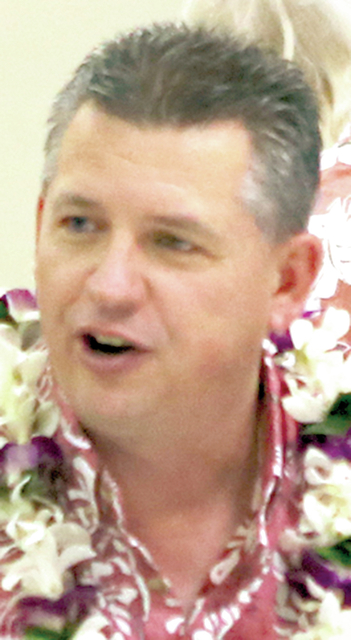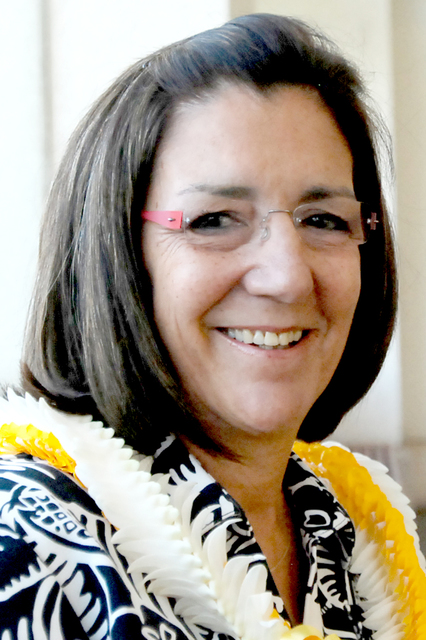Canada might have high-profile names such as Justin Bieber visiting Hawaii, but tourism from the Great White North is stumbling.
June numbers from the Hawaii Tourism Authority and state Department of Business, Economic Development and Tourism show a statewide year-to-date drop of 11.6 percent in Canadian visitors as compared to 2015. Year-to-date Canadian visitor spending was down 17.7 percent.
The double-digit declines stand out in a year that has seen all other markets continue to grow.
“It’s been on the slide for quite awhile,” said Ross Birch, executive director of the Big Island Visitors Bureau.
March was the hardest-hit month for Hawaii Island, he said. “And then it’s just continually (down) from there.”
June saw a drop of nearly 30 percent in Canadian visitor arrivals to Hawaii Island.
Big Island arrivals earlier in the year were not as affected as visitor spending, Birch said, since few people canceled trips.
“But even those who had already booked … you could see the drastic change in their spending pattern,” he said. “I would say end of first quarter (of this year), beginning of second quarter is when we really started to see the Canadian market dip.”
Statewide, Canadian visitor arrivals have declined for nine months, a trend attributed to the weak exchange rate between Canada and the United States.
“The feedback we’re getting from the (travel) agents and the press is, ‘Yes, Hawaii is always top of the list,’” Birch said. “But it’s a hard sell with the dollar exchange.”
The exchange rate was fairly even in 2012, but began to slide in favor of the American dollar in mid-2013. As of Friday, the rate was 0.76 Canadian dollars per U.S. dollar.
Hawaii also faces competition from destinations such as Mexico, which is ramping up investments in its resorts and all-inclusive travel packaging and has a more favorable exchange rate.
Still, Canada is “our No. 2 international market, behind Japan,” said Leslie Dance, vice president of marketing and product development for the HTA. Australia is “nipping at its heels.”
Dance said the Canadian market was showing signs of coming back, particularly since Canada’s GDP increased and air access remains strong.
On the Big Island, all direct Canadian air traffic comes through Kailua-Kona. There has been a 50 percent increase in direct flights during the past two years, Birch said.
“We want to keep those flights in place,” he said. “It’s just, again, keeping that awareness that we are an option.”
The HTA and BIVB stepped up efforts to promote Hawaii.
HTA used to consider all of North America as a single marketing area, but pulled Canada out as its own focal point.
“It’s a fully integrated marketing program, so PR, new trade partnerships,” Dance said. “There’ll be some advertising as well.”
The campaign also will include efforts to bring in more visitors from Canada’s East Coast. Vancouver currently sends the most tourists to Hawaii.
On Friday, Birch and his staff completed the state’s first-ever “virtual press blitz,” in which the group met with more than 25 travel writers from Canada and the Pacific Northwest (another BIVB focus is the Bellingham, Wash., area) via Skype and virtual conference call.
“We were just pushing this market again, making connections and trying to get a lot of these writers to come out,” Birch said. “The lava flowing into the ocean is always a great angle.”
The Skype chats took place from a Kohala property, showcasing the sweeping highland in the background of the video.
“It’s still keeping a presence, it’s keeping a reminder,” Birch said. “‘If you are thinking of Hawaii, keep us in mind.’”
“The increased focus should benefit the numbers,” Dance said.
Email Ivy Ashe at iashe@hawaiitribune-herald.com.









